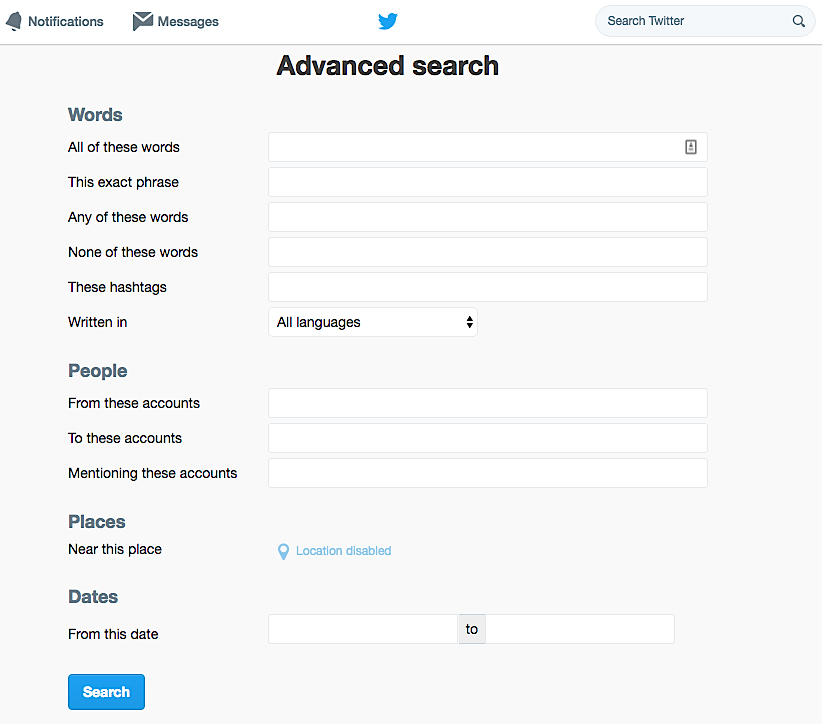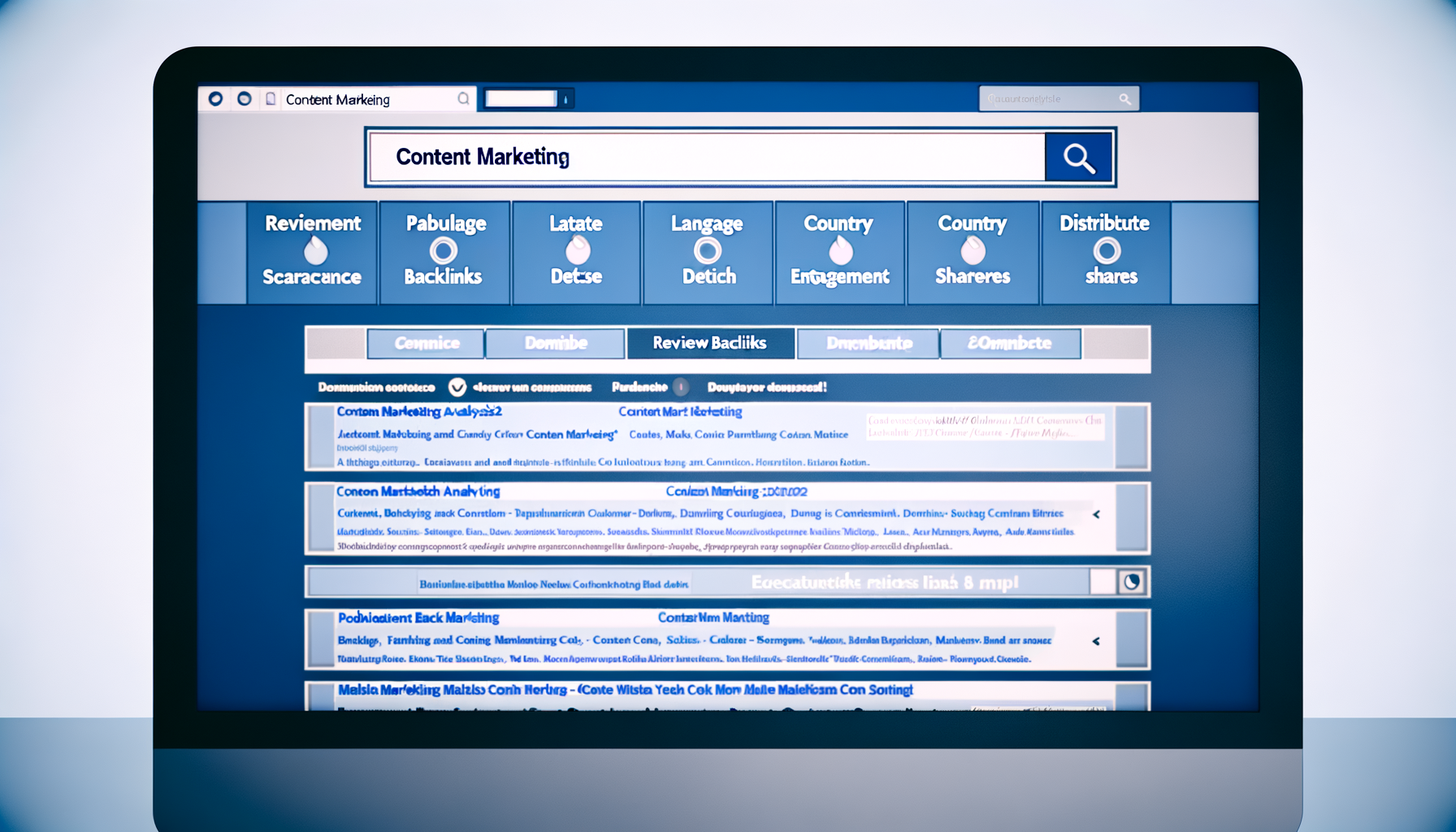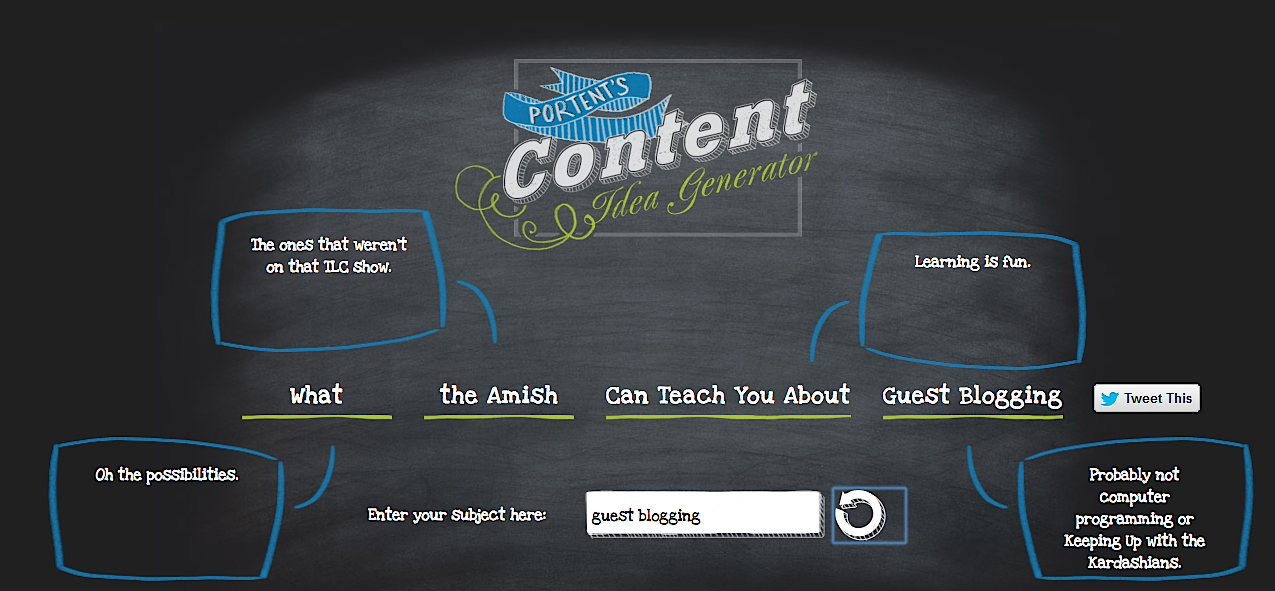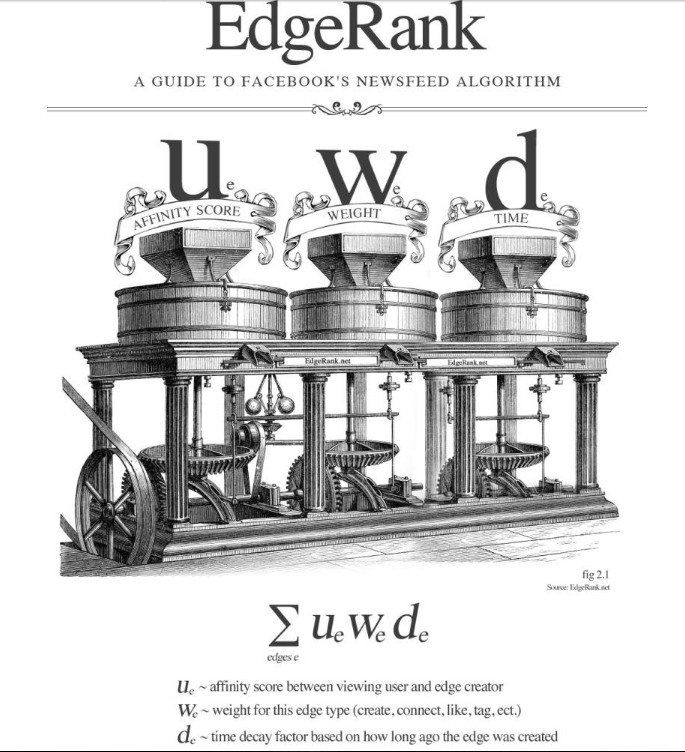In past blog posts I’ve discussed, ad nauseum, how to write a good post. But how do you then promote a blog post?
Too many content marketers think that if they build it, people will come. Developers think the same thing about building a “great product.” But like our friend Derek Halpern has said:
You should be spending 20% of your time on content creation and 80% on content promotion. Click To TweetToday, we’re going to talk about how to promote a blog post the right way.
Promoting a Blog Post When You Don’t Have a Big Audience
When you’re starting from scratch, you don’t have much of an audience. Which is exactly why one tactic that should always be in your content promotion toolbox is finding people who have already shared a similar piece of content.
Use BuzzSumo or Twitter search for people who have looked for a similar article and then build a relationship with them. Share some of their content or feature them in an article and mention that you linked to them.

Caveat: you still need to be creative.
The tried-and-true tactic I’m talking about right now—using BuzzSumo to find people who have shared something and saying, “Hey, I saw that you shared this”—that’s been done so much already. So you have to think about how you can stand out.

Think about how you’re going to craft that message. I’ll give you tactics for that in another post, but for now just remember to always be on the lookout for people who are sharing something similar already and then start thinking about how to craft your personalized message to them.
Their expertise has helped Nextiva grow its brand and overall business
Contact Influencers in Your Space
Another good tactic that works well for me is making use of influencers in my space.
A content promotion tactic that works well is to link to influencers in your blog post. Click To TweetFor example, if Neil Patel shows up in the BuzzSumo search results and he’s an influencer in the online marketing landscape (which he is), and he has a decent-sized Twitter following (which he does)—that’s really a no-brainer. If I find relevant content on his blog that’s related to the blog post that I’m publishing, I’ll link to him because it benefits the readers and I can get him to promote my blog post.
If I link out to 10-20 influencers within my blog post, I’ll email each of them and say something like:
“Hey, Neil. I just want to let you know I’m a huge fan of your work, so much so that I even linked out to you in my latest blog post, X, Y and Z. Check it out here. Cheers, Eric.”
It’s that simple. For every thousand words I produce, I link out 10 or so times.
You don’t have to be an influencer yourself, either—one of the easiest ways to get people to share your article is to just link to companies. If you talk about how a company is amazing or their product or service is great, it’s really easy to get them to share your article. I usually have a 70+% success rate at getting companies to share my content when I mention them.
The key is discipline: you have to be willing to put in the time to find influencers who are really popular and get in touch with them. Network with them at conferences. Take your online marketing offline. Build the real relationships, and then you can ask these tremendous people to share your content.
Learn More: Influencer Marketing 101: How to Succeed
Are Paid Social Ads Worth It?
When you’re first starting out, you may also consider leveraging the power of social networks by running paid social ads. DigitalMarketer loves doing this. Once, they spent $58,000 on a launch and 90% of the budget went to promoting an initial piece of content which was a checklist. They spent that much money on a single piece of content—and it worked.
Why do paid social ads work? Because if people don’t know who you are, the easiest way to find those people and target them by their exact interests is to use the filters in social platforms. Facebook is really good with targeting. You can drive people back to your site or retarget them later. In the best-case scenario, they might buy something or at least sign up for your email list.
Write a Kick-Ass Headline
Typically, 8 out of 10 people will read your headline, but only 2 out of 10 will click through and read the actual post. Think about how many leads you’re losing because of a bad headline that would have taken you minutes to correct.
The biggest mistake people make when promoting their content? Not creating a compelling headline. Click To TweetIf you’re new to content creation, check out Copyblogger’s headline formulas. Brian Clark wrote all these articles on how to craft a really compelling headline and even provides templates. I started using them, and the effect they had on traffic and response rates via email were phenomenal—at least 200-300% higher. Headlines make a world of difference.
I don’t care if you have an amazing piece of content—if your headline’s crap, no one’s going to read it, much less share it. So spend more time writing really compelling headlines. Portent has a great headline generator. If you’re really running low on ideas you can just use that to help you brainstorm ideas and titles quickly.

Learn More: How to Use Google Keyword Planner for Content Creation
Create a Content Syndicate
As you continue to get better at blogging and start to make a name for yourself, you can build a syndicate of influencers that will help promote a piece of content.
For example, when we promote content for Growth Everywhere or Single Grain, we ask our friends in the online marketing niche to help us. I might ask Neil, “Neil, can you help tweet this?” If it’s a good article, Neil’s going to want to tweet it because it will add value to his audience and it makes him look better, too. It’s an easy win-win.
You should start building up that list of influencers in your industry or related fields early on. It’s going to help you in the long run because you’ll get that initial bump whether you’re looking for upvotes or more social shares or more website traffic. A content syndicate will help you get there.
When Mark Suster started blogging about venture capital, he used to email Neil’s co-founder Hiten Shah. Every time Mark published a blog post, he would ask us to tweet an article in a really polite email. He’d say stuff like, “Yeah, if you like it, feel free to share it. If you don’t, no worries at all.” Keep in mind that Neil’s met Mark in person and they’re friends. It was very rare for Neil to say no to Mark, unless it was a conflict of interest.
And Neil wasn’t emailing Mark back saying, “Hey, can you share our article, too?” Neil already had a decent social following at the time. But he was more than willing to help Mark because they had met each other in person.
Ultimately, Mark’s strategy was really smart. It helped him skyrocket his brand and website because he wasn’t just asking Neil to share his stuff—he was also approaching 30 or 40 other people. So it makes sense that he was able to build such a loyal following.
Always Look for New Growth Opportunities
The marketing landscape is constantly changing and digital changes fastest of all. A few years ago, people were saying that Twitter would replace Facebook. Today, Twitter is slowly dying and Facebook advertising remains the best and most affordable growth channel for any marketing vehicle, including a new blog.
According to email marketing expert Zach Grove, you should also consider adding new posts to your evergreen email nurture sequence:
When you add blog content to your email nurture series, the benefit is twofold: 1) you continue to build trust with prospects who aren’t yet ready to buy, and 2) you drive traffic to your best content—without paying for ads. Too many companies send a single email to promote their content without ever promoting it via automation.
Personally, I love to boost posts with some paid social that helps me generate traffic. Unfortunately, Facebook keeps adjusting their EdgeRank algorithm so boosting has given us diminishing returns over time.

Even after they adjust their algorithms, the evergreen posts that would’ve gone viral still do well. But the temporal posts that are quick and easy wins don’t always succeed. This is fine—when you write a ton of blog posts, not all of them are going to be hits.
I also think Gmail advertising might be a good bet for many small business owners and entrepreneurs. Let’s say I’m Coca-Cola and I want to target people opening emails from Pepsi.com or RedBull.com. I can do that using Gmail ads, so I have a lot of different targeting options.
Learn More: The Complete Guide to Gmail Ads (How We Got $.10 CPCs & Leads As Low As $7)
Caveat: with Gmail you actually need to drive two clicks—one click to get people to open the email, and then a second one get them to click on the page in question. That being said, the cost per click can be very low and more than affordable.
Whatever you choose to do, I recommend listening to DigitalMarketer’s podcast on boosting Facebook posts with Dennis Yu. It definitely made me want to go back to the drawing board and test it out. Boosting posts is great, but you can also go to the Facebook Power Editor and start driving page clicks or optimizing for conversion. Facebook gives you lots of options.
This post was adapted from Marketing School, a 10-minute daily podcast in which Neil Patel and Eric Siu teach you real-life marketing strategies and tactics from their own experience to help you find success in any marketing capacity.


